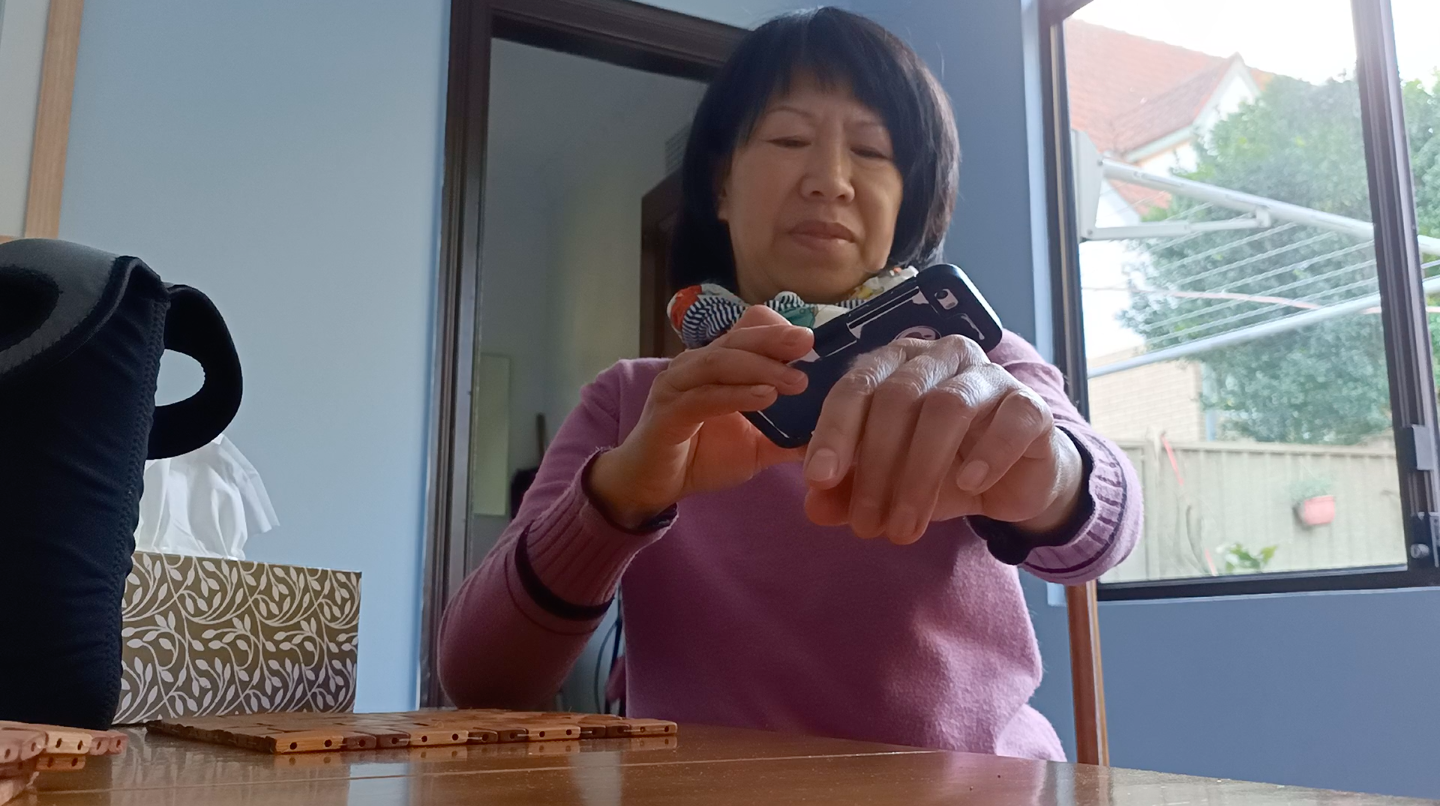PROCESS
Research, define, ideate, prototype and test
Understanding the users
Survey. From a survey with 79 responses recruited via Facebook Ads and a health/fitness Facebook group, we found skin checks were more common than we thought:
User Interviews. We interviews 11 people to learn more about Australians' attitudes towards skin checks. We found:
Generational differences. Older Australians were more vigilant with going to the GP or a clinic, while younger Australians were less concerned.
Motivators. Reasons for getting a skin check were noticing a change in skin, having lots of moles, or having family history of skin cancer
Current state usability testing. Running 5 sessions, we found the main problems with the app were:
People ignored the AI risk profile because they didn't understand it
People didn’t know who the doctors were or if they were qualified, leading to distrust in the app
HMW create more trust in Helfie for Theresa and Ray?
Together with the client, we shared the research and workshopped different ideas to solve the problem. Using an impact-effort matrix, we prioritised:
Showing doctors’ credentials up front
Educating users during key points in the user journey (onboarding, risk profile, connecting with a doctor)








